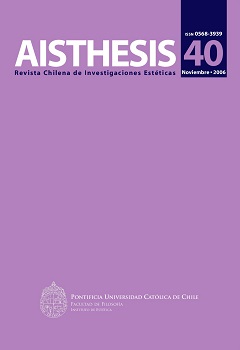American genealogy
Main Article Content
Abstract
The classic notion of abundance develops after the discovery and exploration of the Indies into an emblem of utilitarian fecundity.Soon, the chronicles, specially the mestizo intellectuals, appropriates this emblem and transform it into a cultural allegory of self-definition and identity. Guaman Poma de Ayala and the Inca Garcilaso de la Vega dedicated a central part of their interpretation of the Conquest to develop a model of hybridity, in which the American soil, its richness and exuberance, are not only natural history but also cultural model.The new man, as well as the new culture, belong already to a New World.Other authors,specially in the XIX century,also quote this emblem of abundance as part of their dedication to the national formation paradigm. This essay argues that along its many transformations the idea of abundance is intimate to the cultural history of Latin America and one of its tools of representation, questioning and self-definition.
Downloads
Article Details

This work is licensed under a Creative Commons Attribution-NonCommercial-ShareAlike 4.0 International License.
All contents of this electronic edition are distributed under the Creative Commons license of "Attribución-shareAlike 4.0 Internacional" (CC-BY-SA). Any total or partial reproduction of the material must mention its origin.
The rights of academic works published in this publication belong to their authors., who grant to AISTHESIS: Revista Chilena de Investigaciones Estéticas the license for its use. The management of the permits and the authorization of the publication of the images (or of any material) that contains copyright and its consequent rights of reproduction in this publication is the sole responsibility of the authors of the articles
